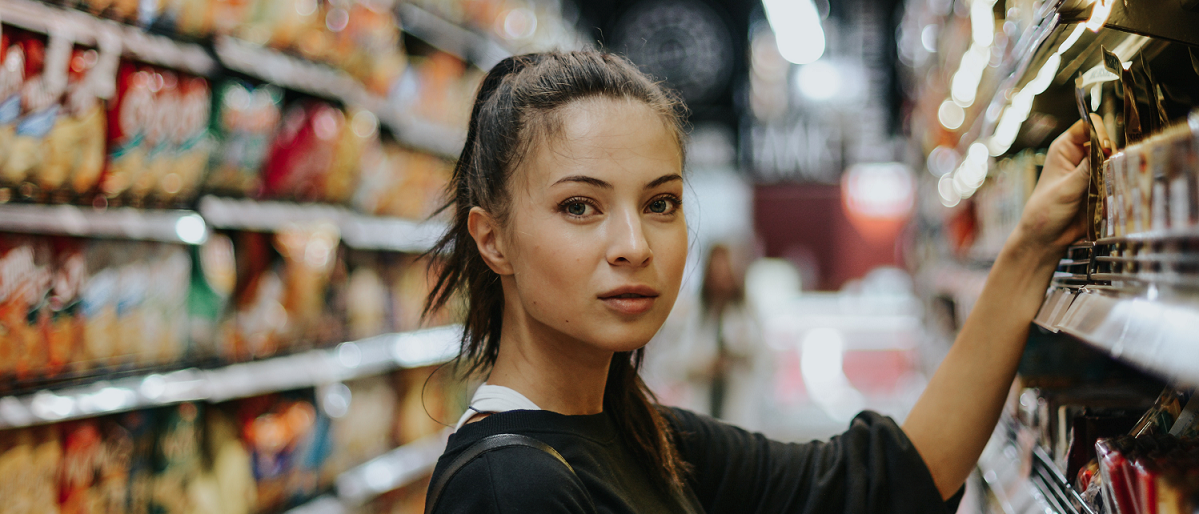“There’s nowhere for brands to hide now.” That’s the stark message which kicks off Sustainable Packaging Unwrapped — a recent GlobalWebIndex study which takes an in-depth look at both consumer perceptions and behaviours regarding sustainable packaging.
The thrust of the report’s argument is that sustainable packaging is no longer a “nice-to-have”, but rather a “must-have”, with consumers increasingly scrutinising brands and demanding change.
In this post, we dig deep into the details. We’ll be highlighting the stats you need to know, covering the all-important opportunities for brands, and explaining how Tembo Paper can help you meet (and exceed) consumer expectations where sustainable straws are concerned.
Shifting Consumer Attitudes: The Stats You Need to Know
As the report itself states, the trend towards sustainability isn’t a new one. The contemporary environmental movement has been driving change for quite some time, while celebrities and online influencers have helped shift attitudes and inspire activism.
But perhaps the most significant difference we’re seeing is that consumers aren’t merely paying lip-service to becoming more environmentally-conscious — they’re actively putting their money where their mouth is.
This has resulted in some encouraging stats and insights:
- 73% of U.S. consumers and 82% of UK consumers who care about sustainability choose “greener” packaging because they’re concerned about the future of the environment.
- 53% have reduced the amount of plastic they use in the past 12 months, while 42% claim that recycled/sustainable materials are important in their day-to-day shopping.
- Younger people (16-24) now see sustainable materials as a more important consideration than affordability. The opposite is true for older people (55-64), where affordability ranks higher.
- Meanwhile, the number of consumers who say they’d pay more for eco-friendly products has risen from 49% in 2011 to 57% in 2018.
These positive changes have largely occurred in lockstep with the age of social media, something the report also highlights. Given that the next generation of consumers has grown up with the likes of Facebook, Twitter, and Instagram — sharing and reacting to viral stories (such as the sea turtle with the plastic straw in its nose) — it makes sense that they’re leading the charge.
Social media continues to shape discourse and allows consumers a platform from which to hold brands accountable for their environmental efforts (or lack thereof). This chimes with what we’ve seen first-hand as we track plastic straw bans and boycotts around the globe, many of which have resulted as a direct response to consumer pressure.
And yet, despite their efforts, some consumers remain frustrated. 28% claim that they don’t have sufficient info about which packaging can be recycled from the products they buy.
Could this offer a point of difference for forward-thinking brands? We think so.
Time for Change: What are the Opportunities for Brands?
Consumers are scrutinizing brands — and their products — more than ever before. And this level of scrutiny extends beyond a cursory glance at the product in question. Rather, modern consumers are taking it upon themselves to investigate the entire production chain, helped in large part by social media accounts and campaigns.
This means that, for the most part, brands aren’t setting the agenda when it comes to guiding views on sustainability. However, while the movement against plastic is being driven by outside forces, brands do have an opportunity to position themselves as leaders on the path towards a sustainable future.
Here’s how:
- Bridge the Recycling Knowledge Gap - As we mentioned earlier, 28% of consumers don’t feel like they have enough info about what can (and cannot) be recycled. This represents a great opportunity to align brand messaging with consumer education.
By providing clarity over which materials can be recycled, and how to go about it, you can help your brand stand apart (and potentially attract positive social media coverage into the bargain).
- Join the Pledge - There are a number of different initiatives geared towards making brands more eco-friendly, including one from the Ellen MacArthur Foundation. This urges brands to pledge towards having 100% recyclable, reusable, or compostable packaging by 2025.
The report underscores the magnitude of this opportunity when it states that two-thirds of consumers believe that brands making a public promise to be sustainable are deemed more trustworthy.
- Invest in Reusable or Compostable Packaging Solutions - While recyclable materials remain the most compelling solution, the report states that 39% of consumers want more biodegradable packaging, while 53% would like to see more reusable packaging. Both trends again represent a point of difference for brands who wish to stand out and lead the way.
Reusable packaging is gaining in popularity as consumers seek to cut down on single-use plastic. Meanwhile, a compostable package or product, like a paper straw, can be discarded with little afterthought as to its environmental impact. It will simply disintegrate over time, removing responsibility from the end-user.
From Plastic to Paper: How Can Tembo Paper Help?
This, inevitably, brings us to what we do best: Paper Straws.
If your brand or business operates in the food and drink industry, you’ve probably witnessed this shift in consumer behaviour already. You may also be dealing with the realities of a plastic straw ban as a result of consumer boycotts and political lobbying.
And even if your business isn’t required to comply with plastic waste legislation, this report should act as a real eye-opener. Younger consumers now expect brands to take their own measures in order to reduce plastic waste and protect the wider environment — and they’re quite prepared to bring those that don’t to task.
This means switching from plastic to paper straws is a simple, yet effective way of keeping consumers onside and positioning your brand as an eco-friendly alternative.
If this report proves anything, it’s that now is the time for change. The opportunity is there for your brand to lead the way. And there’s nowhere left to hide.
If you’d like to learn more about our sustainable paper straws or our paper straw production line technology, contact us today.
Photo by Joshua Rawson-Harris on Unsplash


